Fraud Detection
Techniques & Applications
Dr. Sasha Göbbels
http://slides.technologyscout.net/fraud-detection/With commerce comes fraud.
Nathan Blecharczyk, AirBNB

Overview
- Definitions: what is fraud and how does it work?
- What methods are available?
- What do the operational scenarios look like?
- What is the optimal approach?
Definitions
What is fraud?
Fraud is deliberate deception to secure unfair or unlawful gain, or to deprive a victim of a legal right.
Wikipedia
What is fraud detection?
- Areas of application
- Transactions in online banking and creditcards
- Claims with insurances and warrenty
- Call records with telco providers
- Data is fed in parallel into live system and fraud detection system
- When the alarm goes:
- Transactions are denied or put on hold
- Claims are marked for manual inspection
Methods
Methods of fraud detection
1. Rule based systems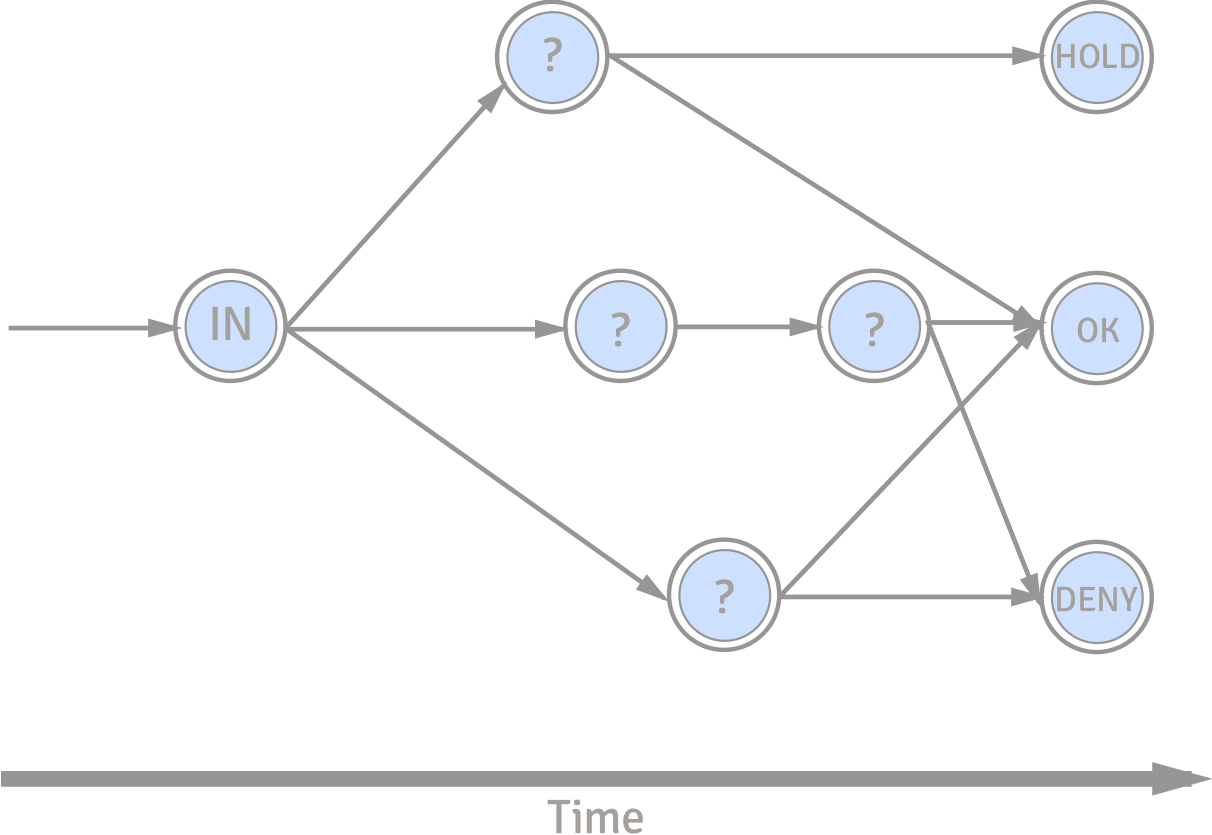
|
2. Graph based systems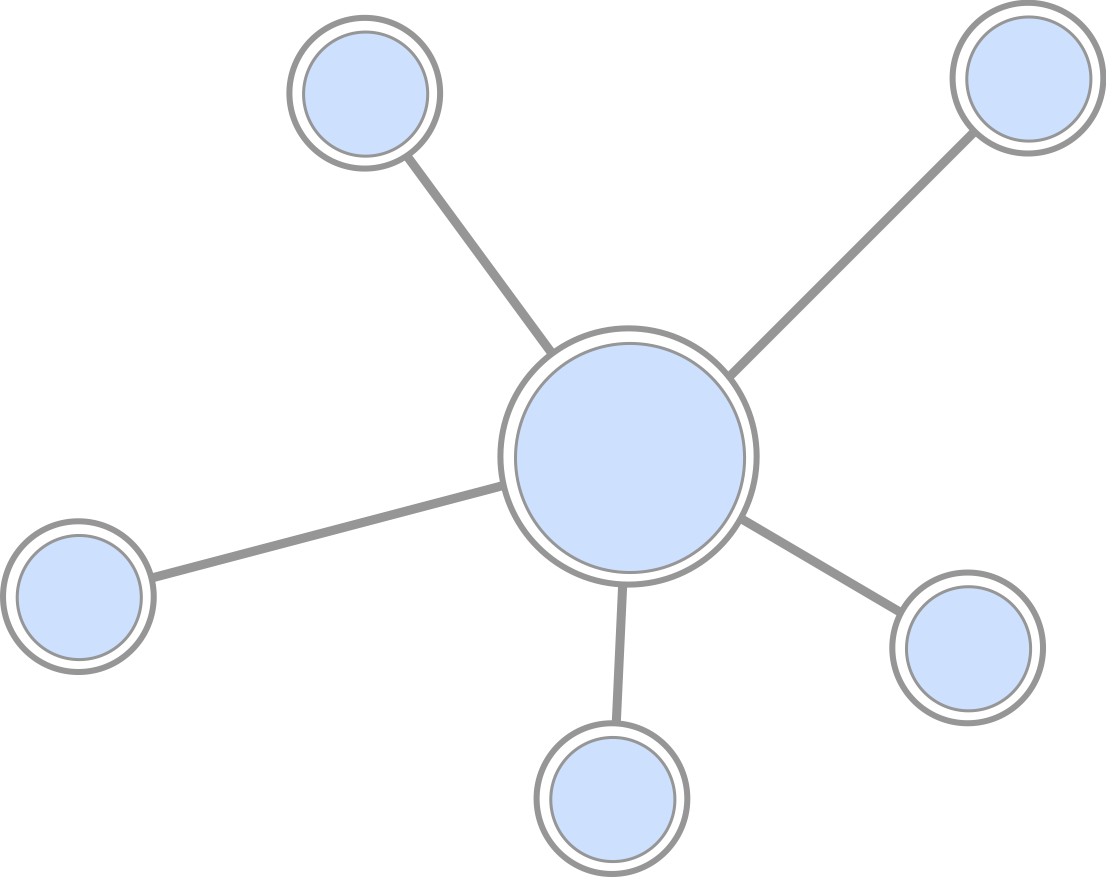
|
3. Expert systems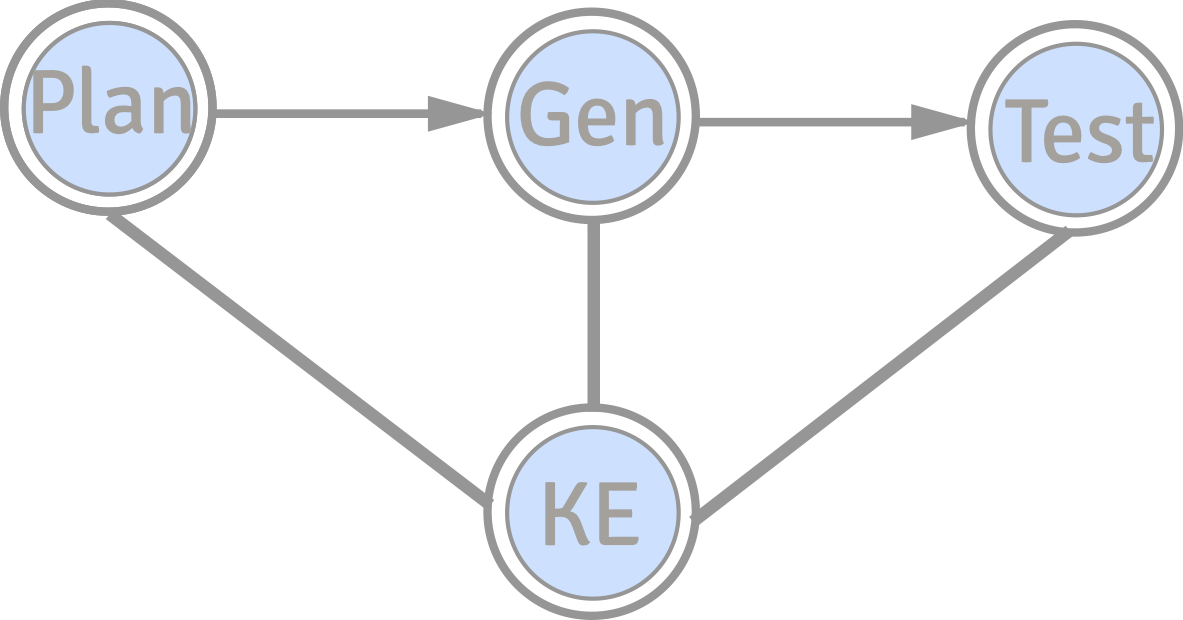
|
4. Deep learning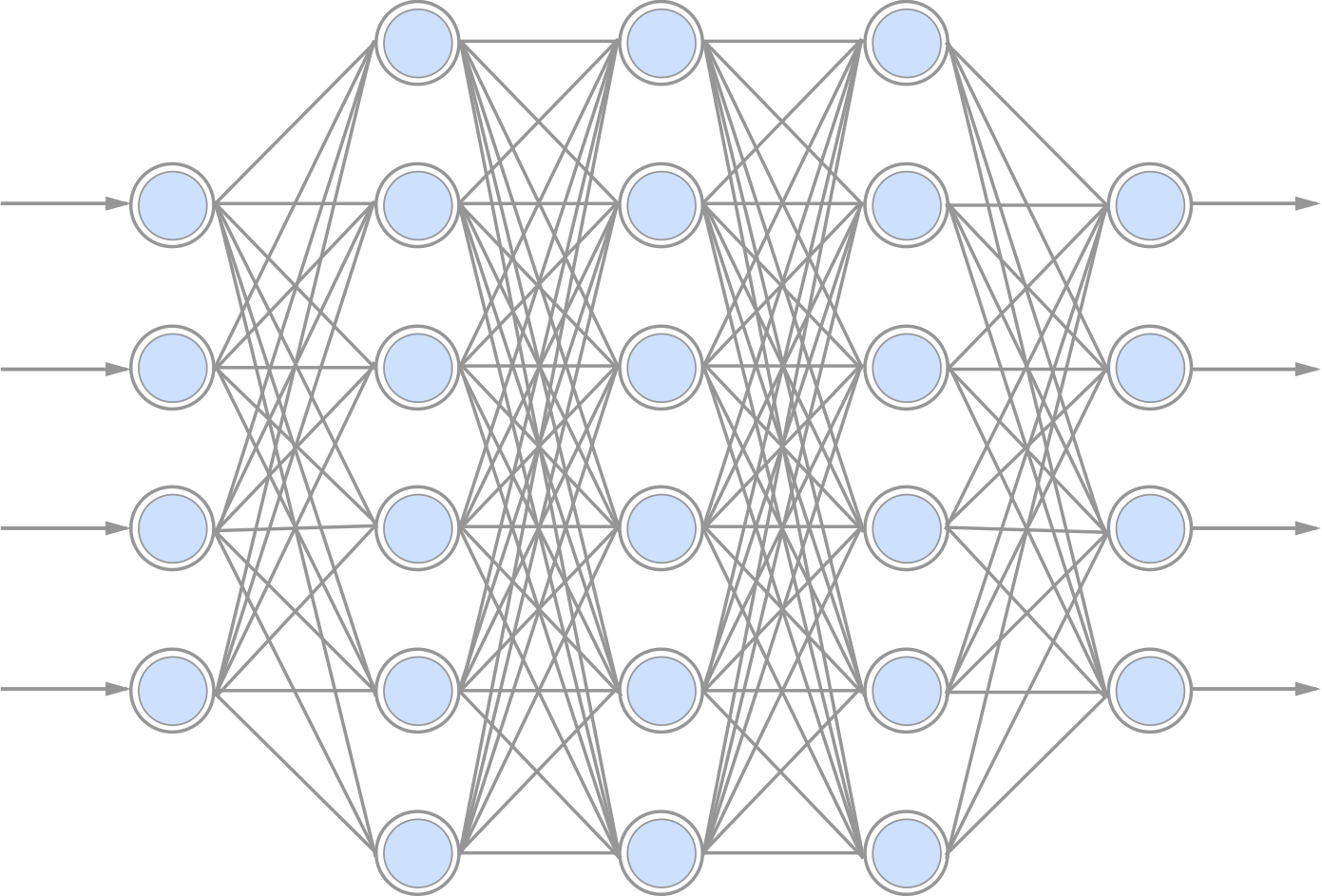
|
1. Rule based systems
Overview
|

|
1. Rule based systems
Background
-
Components:
- in-memory database
- rules engine
-
Data:
- detail data of each transaction
- aggregated data (e.g. average monthly volume of transactions of creditcard)
1. Rule based systems
Pros & cons
| Pro | Contra |
|---|---|
|

|
2. Graph based systems
Overview
|

|
2. Graph based systems
Background
-
Components:
- graph based or relational database
- data mining algorithms
- visualization
- mathematical foundation: graph theory
2. Graph based systems
Pros & cons
| Pro | Contra |
|---|---|
|
|
3. Expert systems
Overview
|

|
3. Expert systems
Background
|
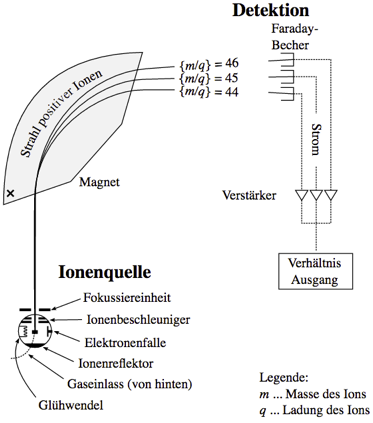 
|
3. Expert systems
Pros & cons
| Pro | Contra |
|---|---|
|
|
4. Deep learning systems
Overview
|

|
4. Deep learning systems
Perceptron
|
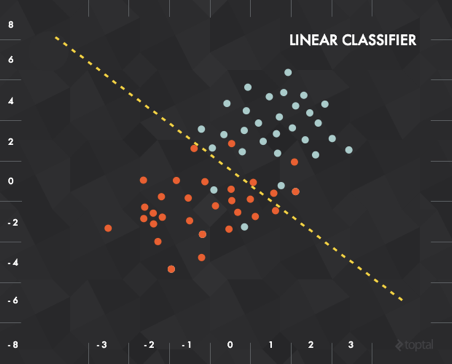
|
4. Deep learning systems
Many perceptron
|
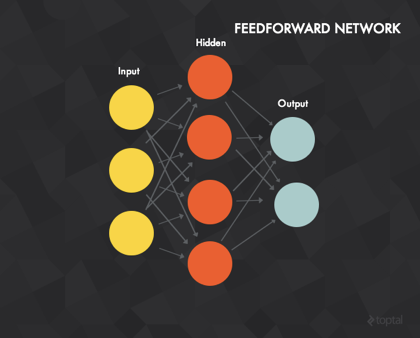
|
4. Deep learning systems
Activation functions f(x)
A linear combination of linear functions f(x) still results in a linear functionBack door: use non linear functions!
4. Deep learning systems
Activation functions f(x)
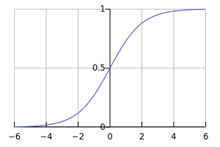 signoid/logistic function |
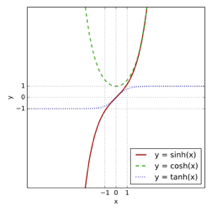 hyperbolic tangens |
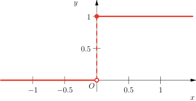 Heaviside function |
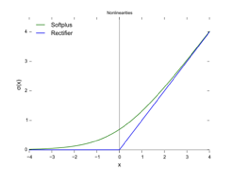 rectifier/softplus function |
4. Deep learning systems
Training is everything!
|
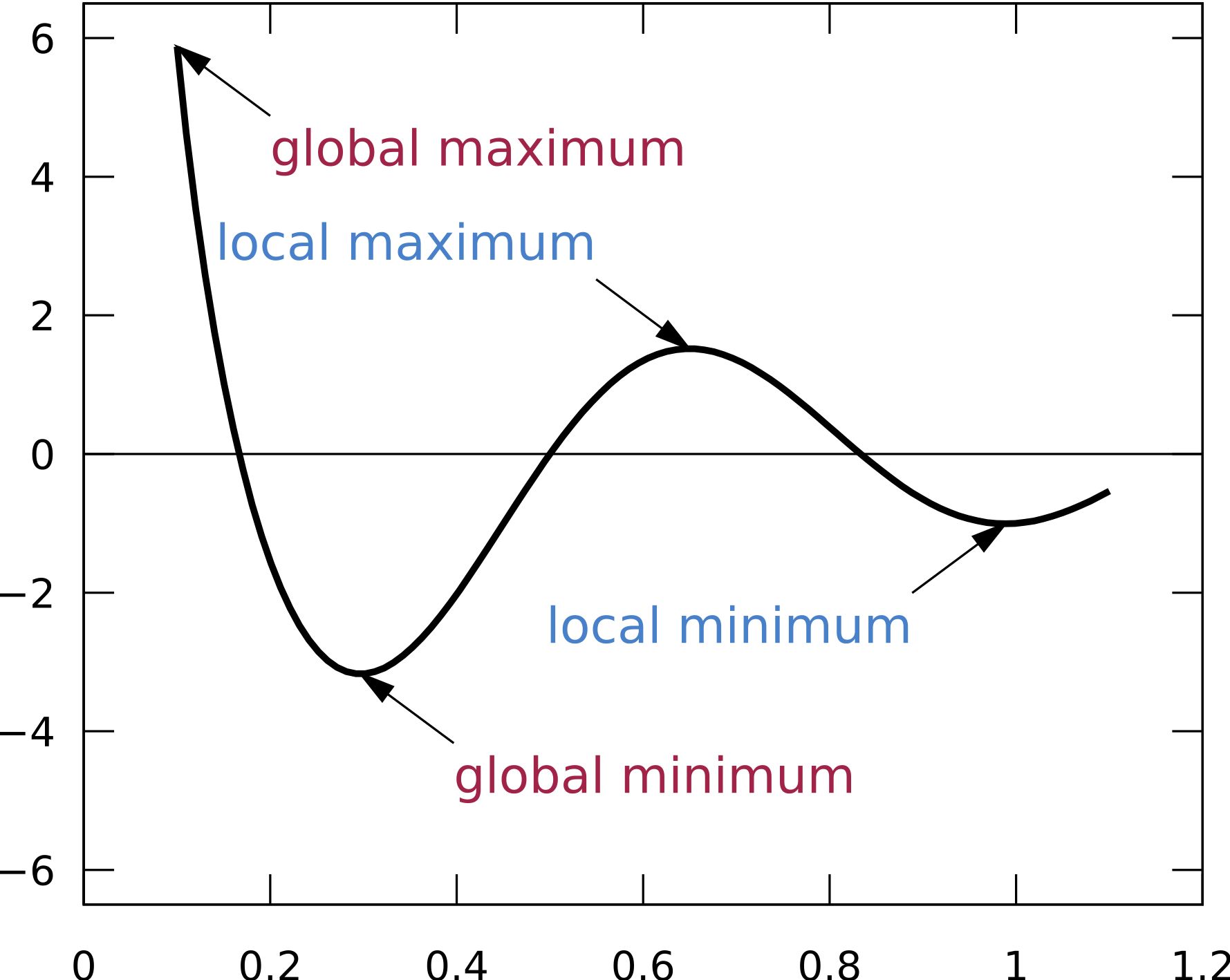 |
4. Deep learning systems
Pros & cons
| Pro | Contra |
|---|---|
|
|
Operational scenarios
Example 1: Social security fraud in Belgium
How does it work?
|
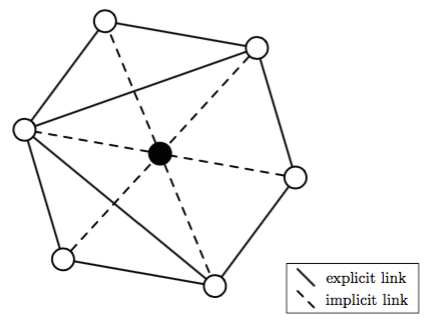
|
Example 1: Social security fraud in Belgium
The problem
- around 250.000 active companies in Belgium in 2012
- in the long run 25% of them will become insolvent
- only very few of those are fraudulent
- aim: detect critical cases before they become broke
Example 1: Social security fraud in Belgium
The solution
- graph theory: ego networks → elimination of inconspicuous companies
- training data: enrichment of fraudulent cases by SMOTE (synthetic minority oversampling technique)
- 2 data scenarios:
- basic (only local information of the node)
- relational (plus infos of resources from the ego net)
- remainder goes into neural network
- random forest
- naive Bayes
- logistic regression
Example 1: Social security fraud in Belgium
Results
- random forest delivers best results
- AUC (area under curve) ROC (receiver operating characteristic) selectivity between fraud and non-fraud: 85-88%
- important: temporal analysis after 6, 12 or 24 months. ROC AUC goes down. True positives go up.
Example 2: Fraud in mobile networks
How does it work?
Typical example:- fraudster signs subscription with mobile carrier
- fraudster sells usage of his subscription to others for long distance calls
- fraudster vanishes when payment is due
Example 2: Fraud in mobile networks
The solution
- define scenarios
- extract indicators for fraud from scenarios
-
accumulated data from CDR (call detail record):
- IMSI (international mobile subscriber ID)
- start of call and duration
- number called
- type of call (national/international)
Example 2: Fraud in mobile networks
Details
- what for one account is an "atypical usage" is quite normal for another one
- solution: differential analysis per account via user profile history (UPH) and curent user profile (CUP): $U_{now} = (1 - \alpha) UPH_{old} + \alpha CUP$
-
goes into:
- rule based white box system
- supervised neural network (multilayer perceptron with 1 hidden layer, logistic-sigmoidal activation function)
- 2 unsupervised neural networks (A-numbers: user profile; B-number: monitoring target country of call)
- combination of all 4 alarm function/fraud scores
Example 2: Fraud in mobile networks
Results
- AUC ROC selectivity for test data: 87.2%
- AUC ROC selectivity for real data: 85.6%
Optimal approach?
The future is bright and complex
- parallel circuit: combination of several detection methods can lead to better results
- series connection: elimination of unsuspicious cases via method 1, scoring with method 2
- derivation: generate rules with method 1, application and scoring with method 2
Dr. Sasha GöbbelsTechnologyScoutInnovation management Fraud detection Team management eCommerce consulting |
References
- W. McCulloch, W. Pitts, „A Logical Calculus of the Ideas Immanent in Nervous Activity“, Bulletin of Mathematical Biophysics, Vol. 5 (1943), pp. 115-133
- A. Rosenblueth, N. Wiener and J. Bigelow, „Behavior, Purpose and Teleology“, Philosophy of Science, Vol. 10, No. 1 (Jan., 1943), pp. 18-24
- V. Van Vlasselaer, B. Baesens, et. al., „Using Social Network Knowledge for Detecting Spider Constructions in Social Security Fraud“, ASONAM’13 (2013 IEEE/ACM International Conference on Advances in Social Networks Analysis and Mining), pp. 813-820
- N. V. Chawla, K. W. Bowyer, Lawrence O. Hall, W. Ph. Kegelmeyer, „SMOTE: Synthetic Minority Over-sampling Technique“, Journal of Artificial Intelligence Research, Vol. 16 (2002) pp. 321–357
- H. Verrelst, E. Lerouge, Y. Moreau, J. Vandewalle, Chr. Störmann, P. Burge, „A rule based and neural network system for fraud detection in mobile communications“, European project “Advanced Security for Personal Communication Technologies” (ASPeCT)
- T. Fawcett, F. Provost, „Adaptive Fraud Detection“, Data Mining and Knowledge Discovery, Vol. 1 (1997), pp. 291–316


